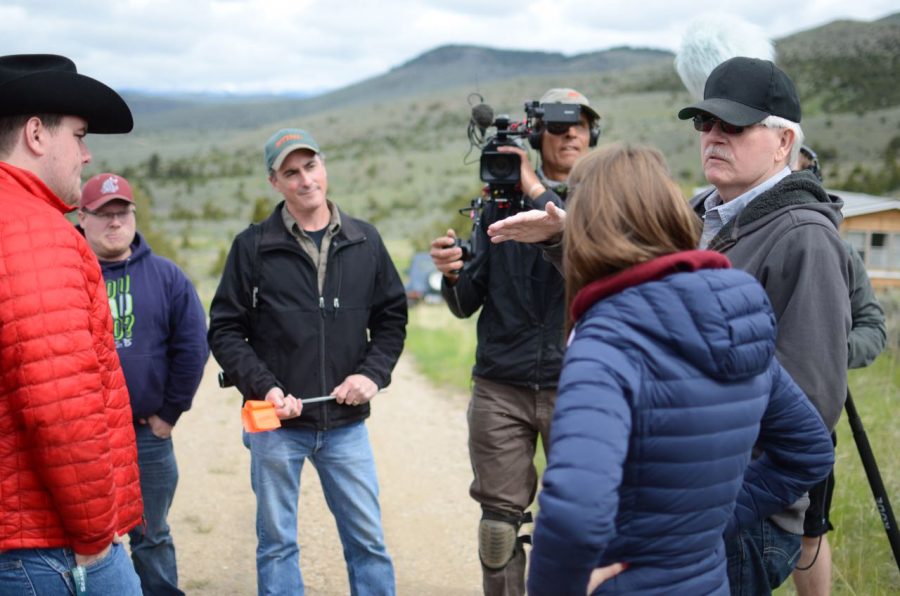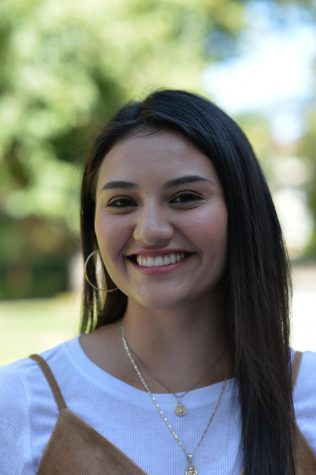WSU releases documentary on government, Shoshone Bannock treaty
Students, professors used historical newspapers, documents for research
“It’s my hope and theirs that the federal government will See Treaty Page 6 provide a remedy that is fair to history,” Orlan Svingen says.
April 16, 2019
A WSU documentary, filmed over the course of eight years, showed research on an unratified treaty between the U.S. and the mixed-band of Shoshone Bannock and sheep-eater people.
Alicia Woodard, a part-time history graduate student, said the documentary brings to light how the federal government treated the unratified treaty and the 32,000 square mile land cession by Chief Tendoy of the mixed-band as law.
“When a treaty is not ratified, it’s null and void,” she said. “It’s not a legal document at that point because it was not ratified, but the federal government treated it as if it were.”
Jared Chastain, a WSU history graduate student, said the history program’s Public History Field schools allow undergraduate and graduate students to conduct research.
Chastain participated in the 2011 field school as an undergraduate and in the 2016 field school as a graduate student instructor. He said he filmed all of the drone footage for the documentary.
The research conducted by field school participants was shown in the documentary, Chastain said.
Woodard said she participated in the 2016 field school, looked at seminar papers and researched four unratified treaties including the mixed-band treaty.
“To be able to be a part of their story and be a part [of] their history and their push for recognition in terms of ‘this was a wrongdoing’ — it’s an incredible experience for a historian,” Woodard said.
Chastain said the mixed-band had territory in southwest Montana, northwest Wyoming and northeast Idaho.
The Indian Claims Commission consulted with the Shoshone Bannock tribe in 1970 to find what territories were taken, he said.
Orlan Svingen, WSU history professor, said the commission failed to uncover the cession document in 1970, and so the mixed-band tribe was not compensated for all their land.
Svingen said he went through multiple newspapers on microfilms and documents until he found a story about the treaty written by The Montana Post in 1868.
He said Lynette Scriver, a former graduate student, was going through documents from the National Archives on microfilm at WSU around 2007, and called him when she came across a document that mentioned Chief Tendoy.
She was unsure of what it was, Svingen said, and when he read it continuously, he realized that it was the treaty signing.
“When I found this document I was kind of sleepless for three or two nights, just out of excitement,” he said.
Historians and tribes claimed the southwestern part of Montana and Three Forks region was a common hunting ground, Svingen said, but Chief Tendoy claimed the land as his in the cession document, and his claim is signed by four others.
The documentary and research is being used to negotiate for land restoration or a land claim settlement between the mixed-band and the federal government, Svingen said.
“It’s my hope and theirs that the federal government will provide a remedy that is fair to history, and fair to the mixed band,” he said.



















Erica • Apr 16, 2019 at 9:50 pm
Why are there so few direct quotes? This is an issue which involves research and understanding of a narrative, yet the narrative has been reduced and muddied through the mediocrity of the writing.
Nate • Apr 16, 2019 at 9:19 pm
This is a poorly written article about an important issue. The use of the word said if overt and unnecessary. Why didn’t the journalists use direct quotes? The flim-flam writing reveals the weakness of the editor. Shame on you!